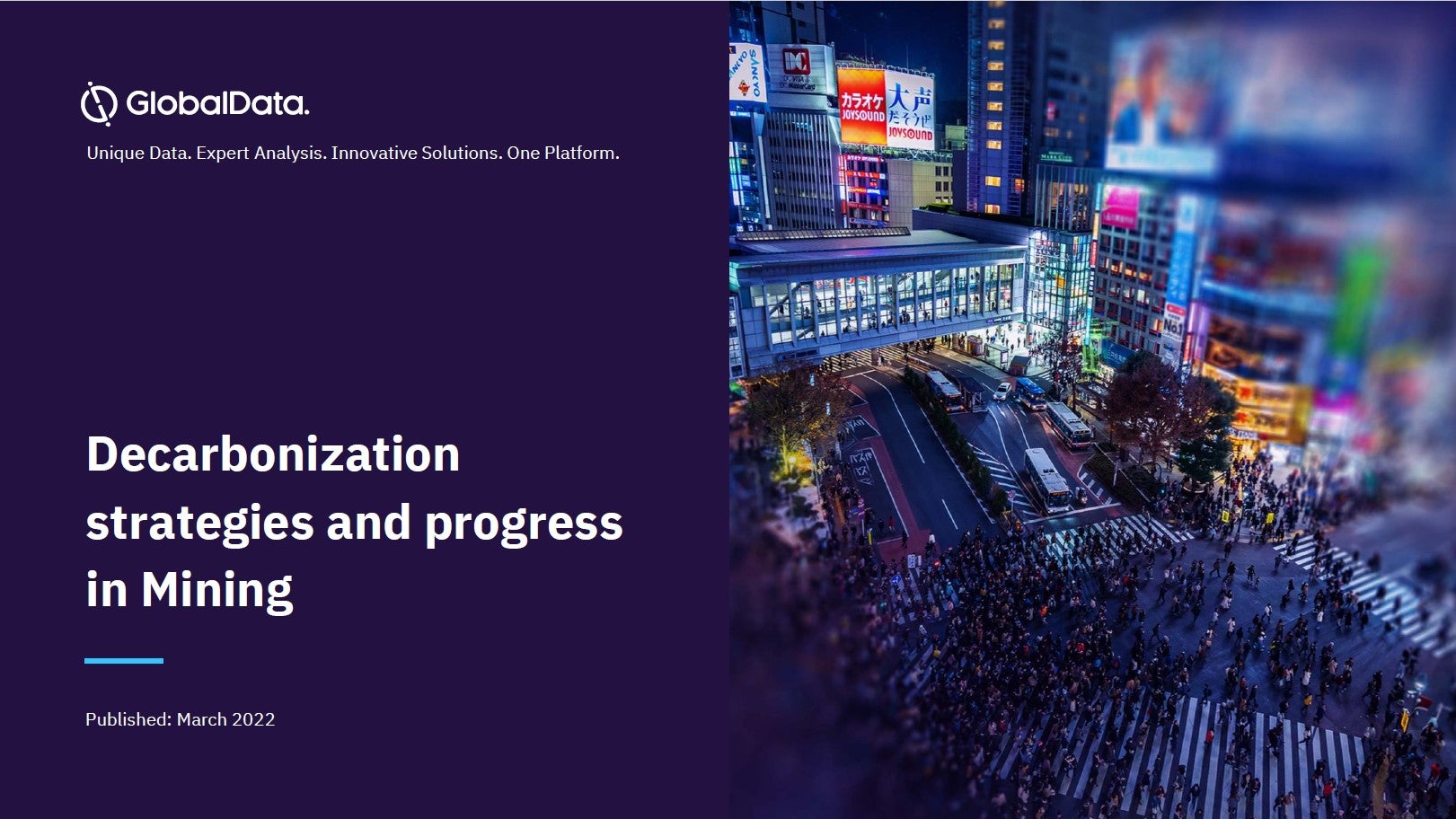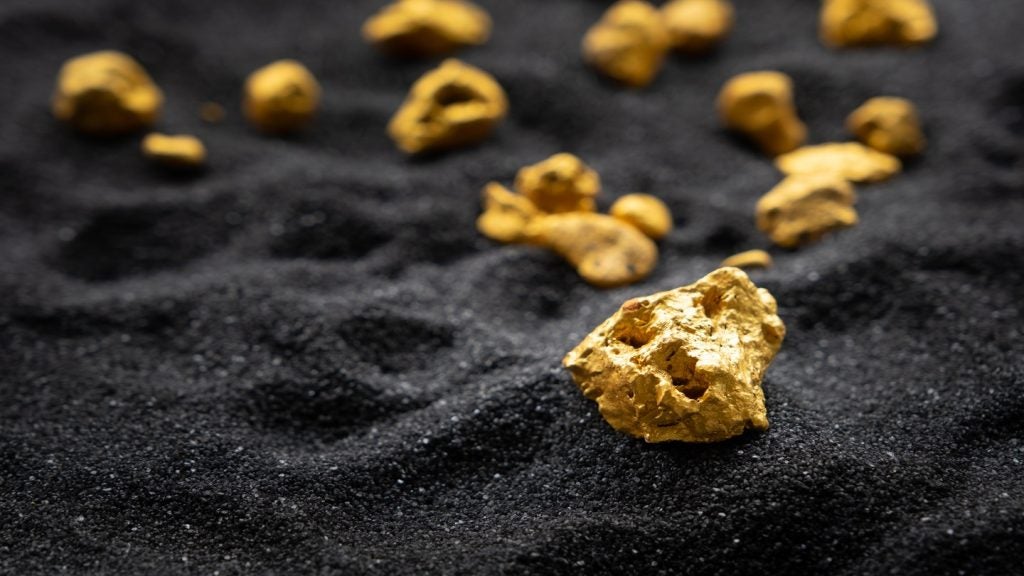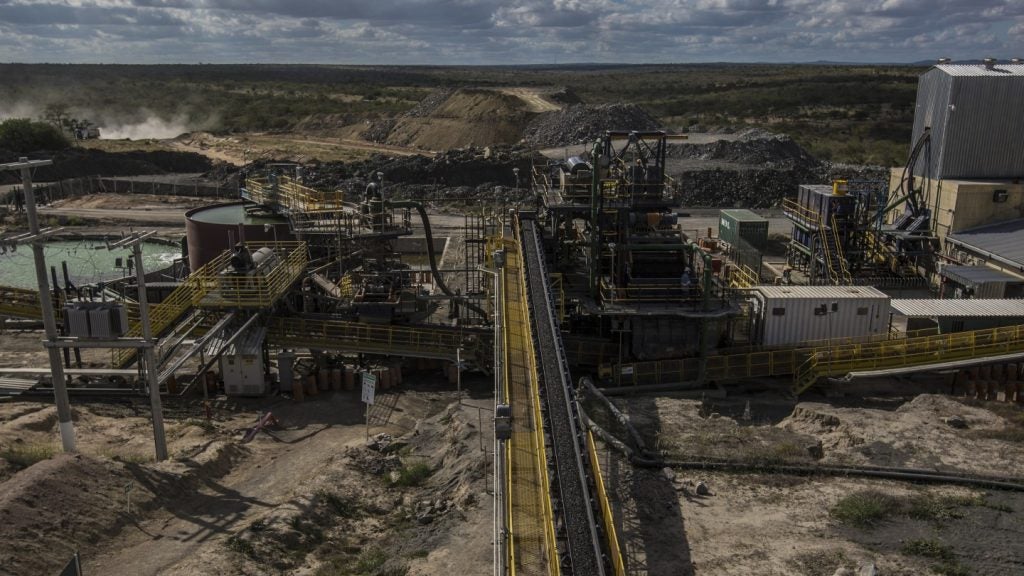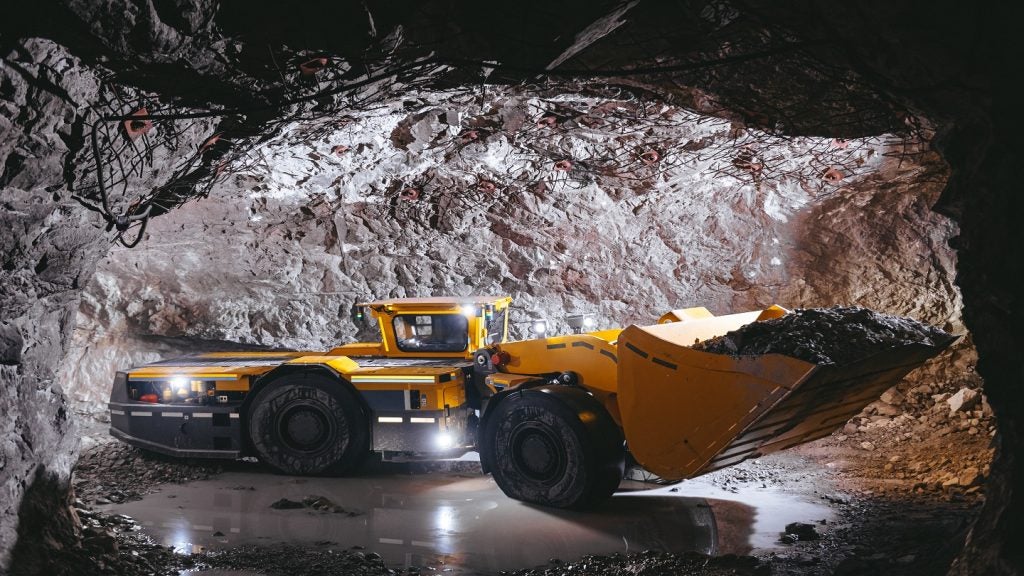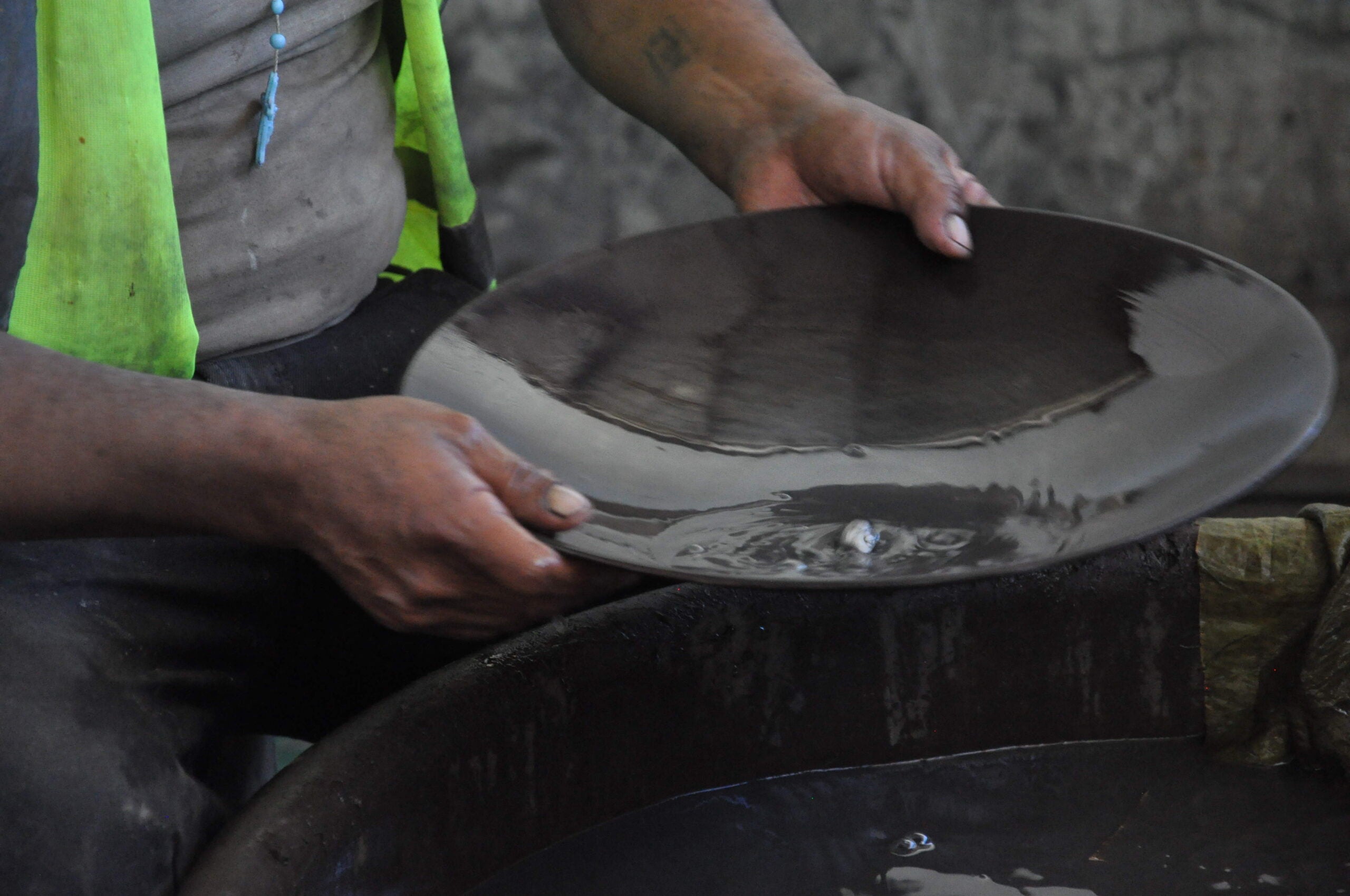
On 16 August, the Minamata Convention on Mercury entered into force, marking the culmination of a years-long effort to come up with an international response to the shared threat of mercury exposure.
While mercury has been used in industrial processes for hundreds of years, its extreme toxicity poses massive public health risks. Mercury poisoning can cause irreparable brain damage and organ failure, and low-level exposure is a significant cause of premature deaths.
The Minamata Convention, named after the Japanese city that has been living for decades with the consequences of a mass mercury poisoning, brings with it tighter controls for the handling of mercury in industry, as well as provisions for what it calls the “phase-out and phase-down of mercury use in products and processes”.
It also means renewed scrutiny on the use of mercury in artisanal and small-scale mining (ASM) in many countries, and artisanal gold mining in particular. Mercury is used extensively in ASM operations, and often in highly unsafe domestic conditions, to process ore and recover gold.
Mercury: artisanal miners caught in the middle
In Ecuador, along with many other countries, artisanal miners have been “creating havoc for the environment” with their releases of methylmercury into local rivers, causing a dangerous build-up in food supplies, says Suzette McFaul, managing director of entrepreneurial development firm SEF Canada. “Peru had sued the Ecuadorian Government, saying, ‘You’re polluting the river that’s flowing into our country.’”
How well do you really know your competitors?
Access the most comprehensive Company Profiles on the market, powered by GlobalData. Save hours of research. Gain competitive edge.

Thank you!
Your download email will arrive shortly
Not ready to buy yet? Download a free sample
We are confident about the unique quality of our Company Profiles. However, we want you to make the most beneficial decision for your business, so we offer a free sample that you can download by submitting the below form
By GlobalDataBut for small-scale miners working with simple tools and lacking the deep pockets, greater pressure to stop using mercury hasn’t changed the economic fundamentals of their trade. Technical limitations mean that recovery rates are low and the grey market buyers of their gold, often jewellers, offering far below spot value. “And that’s if they don’t get mugged on the way in a cash-based society,” says McFaul.
“We have dozens of different agencies walking around, saying here’s some money to stop using mercury,” she continues. “But how is that really going to be received in a world where artisanal miners are saying, ‘What am I supposed to do? Buy more equipment, buy new technology? How?’”
Partnering up for clean gold
After being invited to southern Ecuador’s El Oro province in 2014 to see how SEF’s economic development model might help artisanal mining communities, McFaul established Clean Gold Community Solutions (Clean Gold) to take a more holistic approach to improving ASM standards in the region.
The company has partnered with artisanal miners, along with a technical ‘dream team’ led by the University of British Columbia, to make the transition away from mercury processing, while also taking on the upgrade of a local gold processing plant to refine the miners’ products and instilling business development skills to empower the miners as business owners.
“Artisanal miners are entrepreneurs,” enthuses McFaul, speaking by phone from southern Ecuador, where the project is ongoing. “They’re the best entrepreneurs that we have in the world. They’re looking at creating their own businesses to provide an income for themselves. We have to provide the business expertise, the business coaching, for them to be able to do this for themselves. So first of all, how do we get access to funds? And when we get access to funds, how do we actually access the technologies? How do we get this to market?”
The plant, which McFaul says should be up and running “around next week”, will switch out mercury for cyanide in the recovery process, as the latter breaks down much more quickly if released. But the partnership, McFaul stresses, is about more than just replacing a harmful industrial element; it’s about building new, sustainable systems centred around the plant.
“We’re going to have to be really careful about how we use cyanide, how we dispose of it, how we plan tailings ponds,” she says. “All of those things have to be in place. The management of the environment – there has to be a protocol, we have to teach [miners] how to use that protocol so we’re not pouring this stuff into your river and poisoning it.”
In turn, transparency around processing methods and environmental performance facilitates access to markets that will offer close to spot prices for the miners’ gold, rather than the 40-60% of spot price that McFaul says they get from grey market buyers.
Community first
At the heart of Clean Gold’s model is prioritising the economic and social health of the whole community that surrounds ASM operations. This starts with only partnering with miners who have invited the company to do so, and developing the local economy is part of the deal.
“The community has to buy in and the community has to win,” says McFaul. “There’s a community foundation that comes out of every Clean Gold project. “The community has to agree, and the miners agree, that part of that community foundation will go into an SEF model to help all the other people in the community.
“Maybe they’ll want to build schools, but they’ll have to do it for themselves, as opposed to us telling them that’s what they’re going to do. And they’re going to manage that project and the foundation. It’s the community and the miners around the table, sitting equally.”
The approach aims to be the polar opposite of the exploitative, opaque relationships that can characterise mining communities’ interactions with large-scale mining companies. Putting the reins in the hands of the community helps create a virtuous cycle that is key to the wider economic development plan, even if a hands-off approach presents its own challenges.
“We’re not here to change the culture, we’re just trying to work with it,” says McFaul. “That’s always the challenge for us. There’s something called ‘Ecuadorian time’. My partner and I will talk about Ecuadorian time; it might be Wednesday, it might be Thursday – if we’re lucky. That’s a challenge for us, coming in with a business head that says, ‘Make it happen for Wednesday, because that’s the goal.’”
Expansion plans
Clean Gold is keen to expand its methods to ASM communities around the world. Plans are already in place to set up another project in Ecuador next year, and McFaul is hoping that the current plant upgrade and community development scheme will be a strong showcase to help sell the concept to prospective future investors.
“We already have investors calling and saying, ‘We’re looking at your model – you show us you can do this in challenging [conditions], then we’re behind you for the next project.’ The next project in Ecuador is about $1.5m. And that can be returned really quickly when we’re playing in this marketplace. It’s very small and there’s a very quick return on investment; it’s not pie-in-the-sky. You don’t have to do any exploration. You open the plant and then immediately you start returning on investment, within a year.”
If the money can be found, there is apparently no shortage of demand for the Clean Gold model. The company has already visited Guyana, and McFaul says invitations have been extended from neighbouring Colombia, as well as Kenya and Mali.
“When the miners and the communities start writing letters, they’re ready to take on a project and they’re willing to do whatever it takes,” says McFaul. “That’s some pretty impressive passion.”
Certainly there are challenges still to come. If the model is to be a true success on its own terms, it will be vital that miners and local families are as happy with the profit-sharing arrangement as the investors. But if the project in El Oro Province can make its environmental, ethical and business case, it could set a progressive template for cleaning up artisanal gold mining while also encouraging sustainable growth in communities that often live well below the poverty line.

